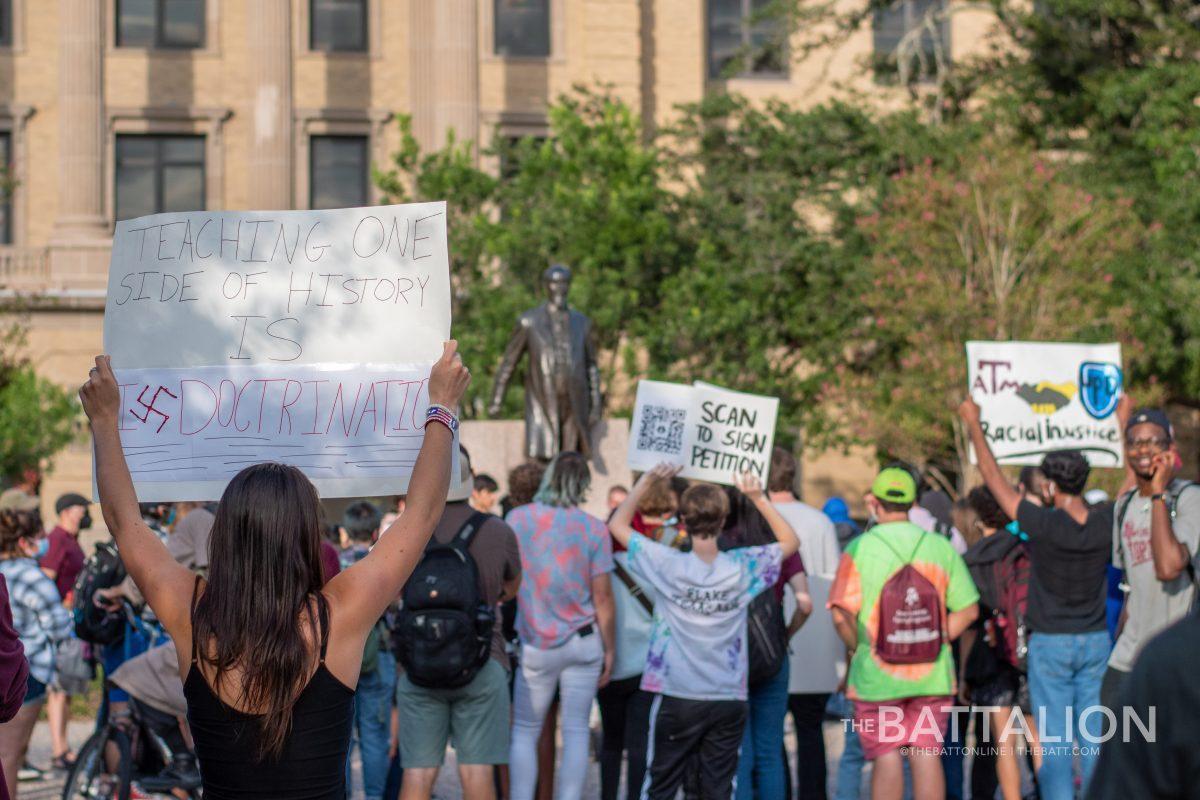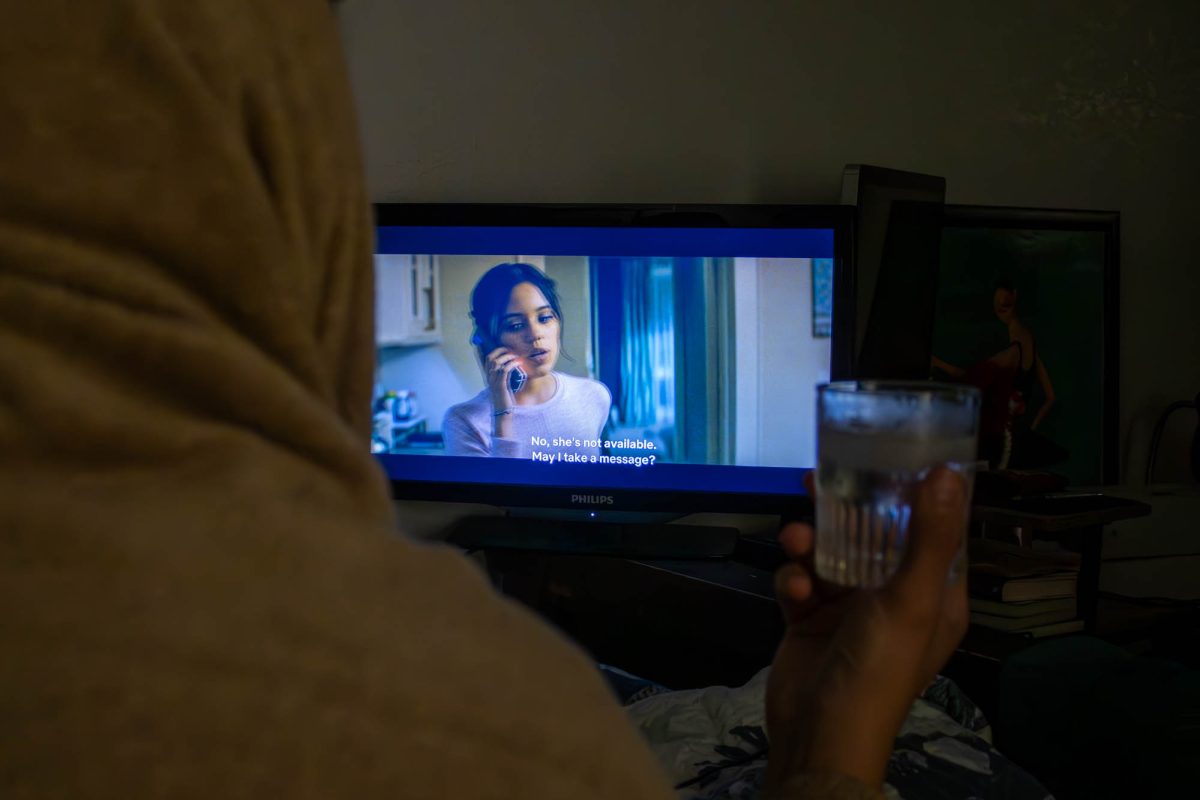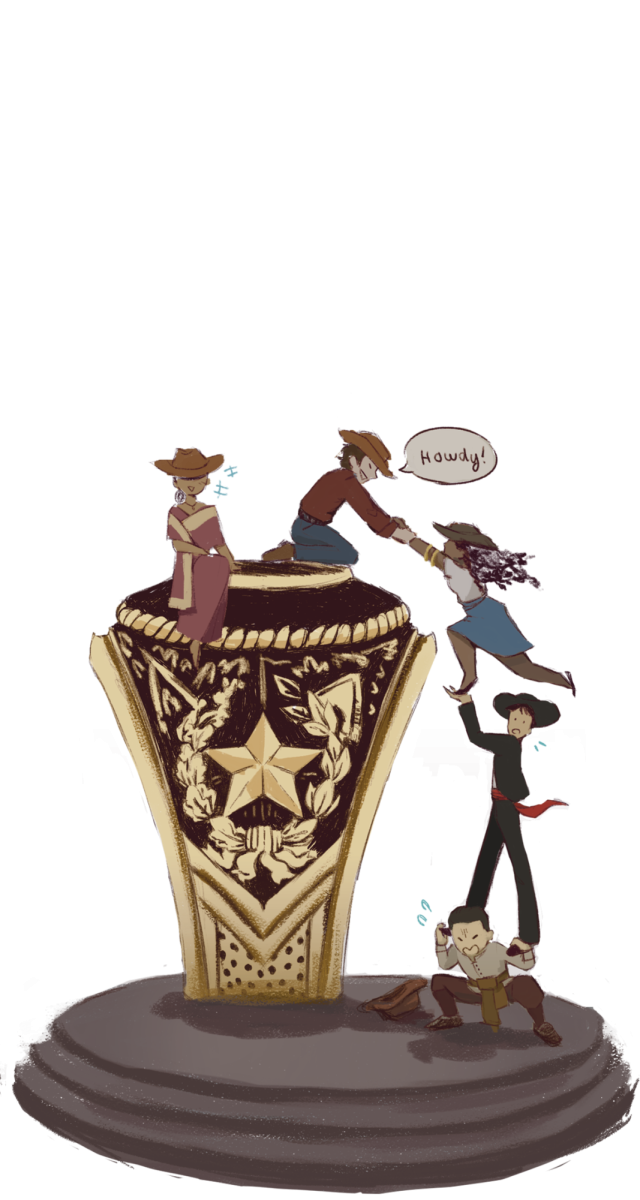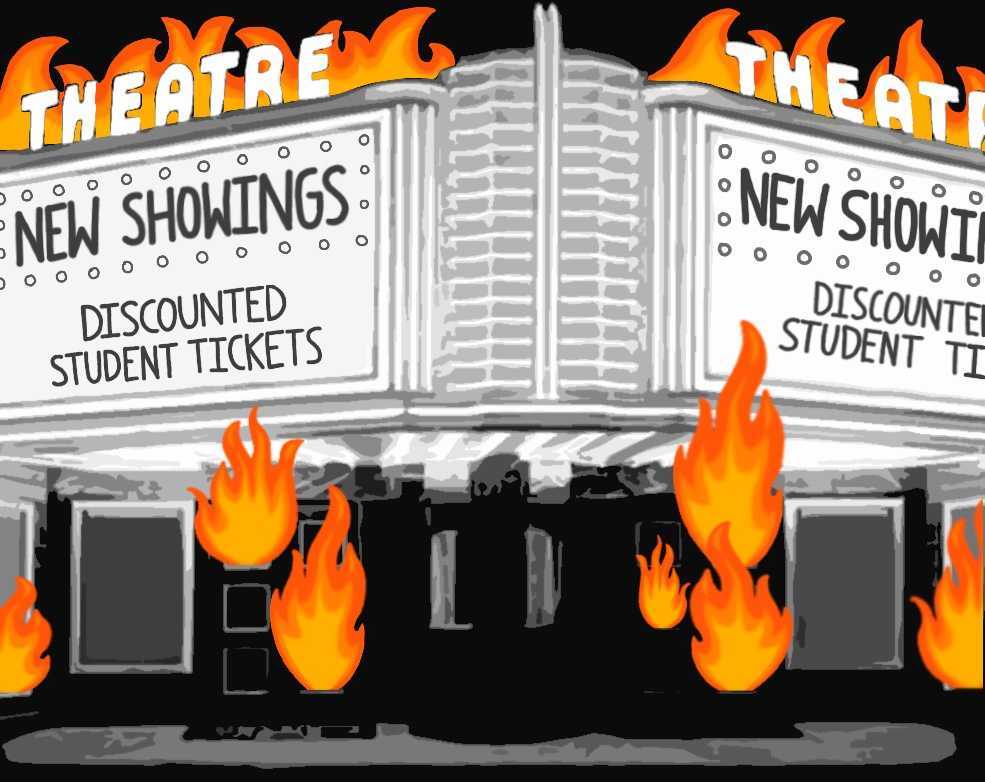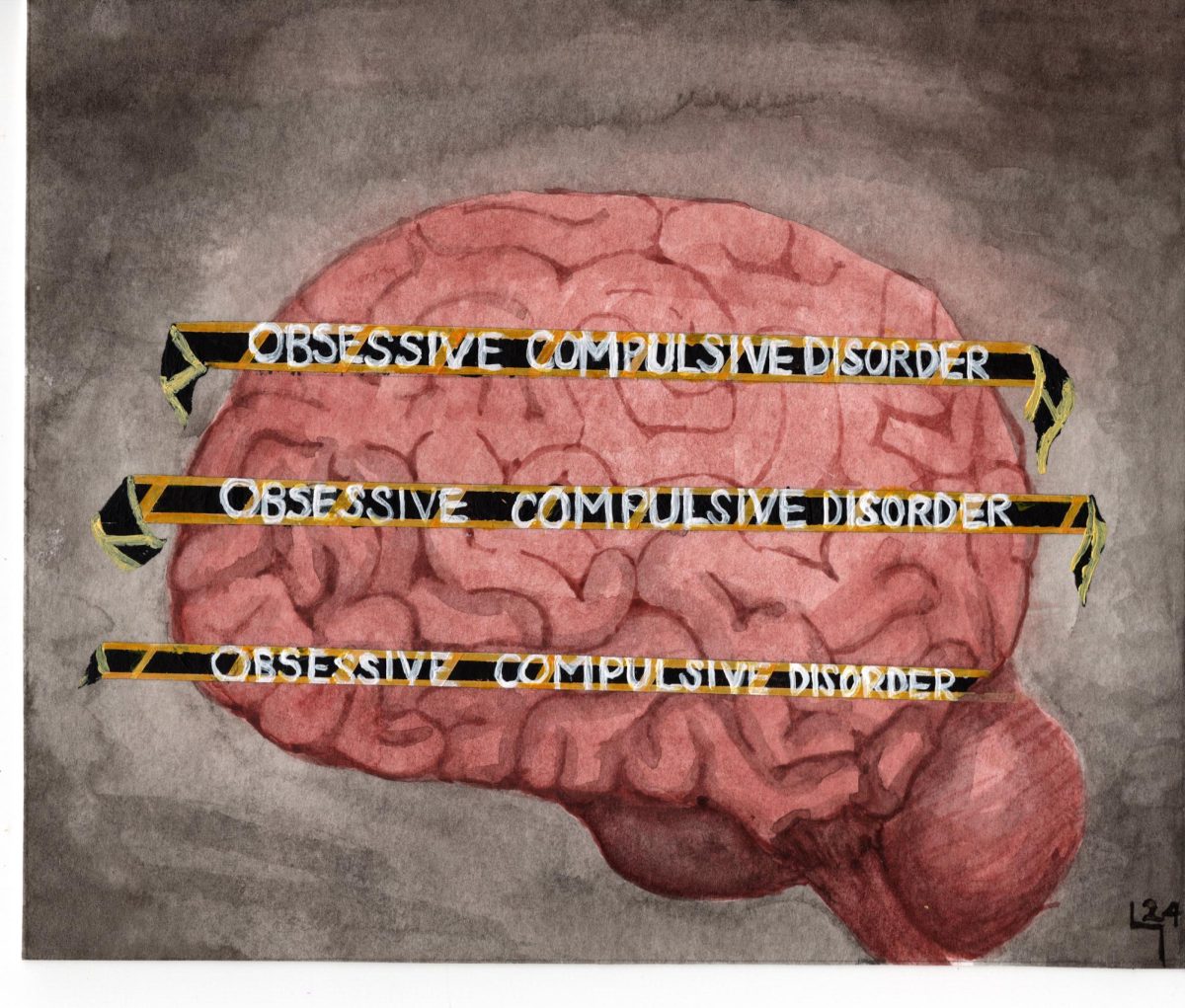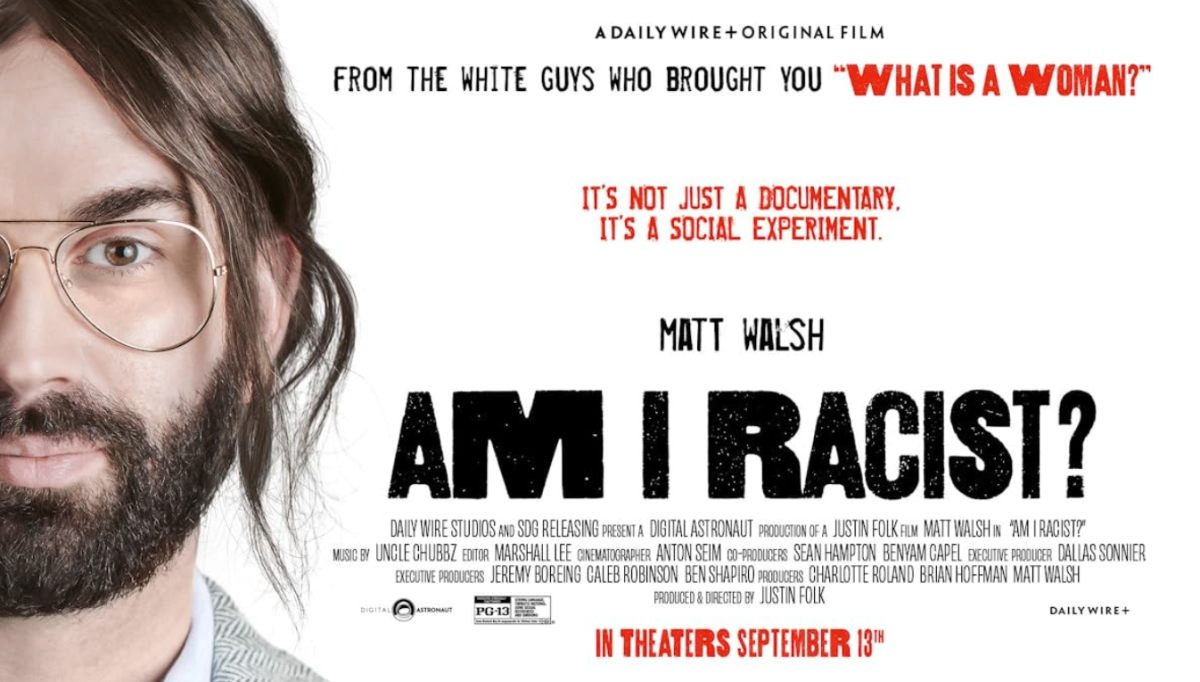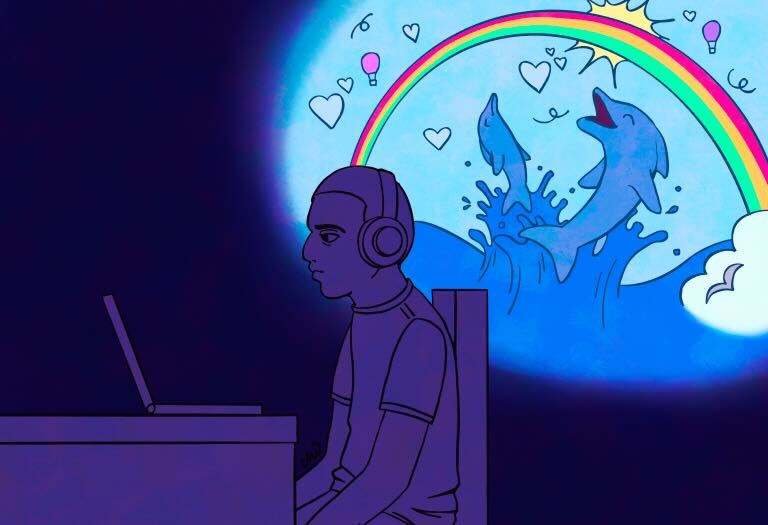“Stop _____!” “Justice for _____!” Sometimes chanted, sometimes adorning signs, always applied to a myriad of political and social issues, these words have echoed through Texas A&M’s Academic Plaza dozens of times. Despite the prevalence of these student protests, they often result in little to no real policy change.
Protests have long been heralded for their ability to bring communities together and inspire change. While this principle may have been true in the past, the internet and other modern inventions have robbed the protest of its change-inspiring abilities.
The First Amendment guarantees Americans’ right to peacefully assemble, a right that we’re rather fond of exercising. And, in the past, protests have been pretty effective.
Just look at the Civil Rights Movement. Two of its major turning points were the Montgomery Bus Boycott and Martin Luther King Jr.’s “I Have a Dream” speech, the latter of which was attended by a staggering 250,000 people — more than twice as many people as can fit inside Kyle Field. The Civil Rights Movement found success in these demonstrations.
But don’t get too excited — protests don’t always work. If you think back to 2003, you may recall a little skirmish we like to call the Iraq War. Back when the conflict was just a half-baked idea rolling around in former President George W. Bush’s admittedly vacant head, people across the globe protested in favor of peace. A&M even got in on the action; roughly 65 students gathered on campus to protest the war. Despite this incredible turnout, ol’ W sent our boys to war anyway. And we all know how that turned out.
The Iraq War isn’t the only thing A&M students have protested over the years. Demonstrations have been staged to protest hundreds of issues, some of national acclaim, such as anti-Trump and anti-Obama movements, and still others others more localized. Recall the numerous Sully statue protests, or Draggieland or even the recent #SaveTheBatt movement — the list goes on.
The vast majority of these protests were met with indifference, petering out of the public eye faster than Mattress Mack can come up with a new discount. This response begs the question: Why did the Civil Rights Movement’s protests succeed, while the hundreds opposing the Iraq War failed?
In short: social media.
The amount of planning that went into the Civil Rights Movement exceeded even that of Eric Cartman’s most devious schemes; every demonstration was calculated, every move weighed carefully. Rosa Parks’ arrest is well-known, but before her bus-related debacle, a 15-year-old girl named Claudette Colvin was arrested on the same charges. The movement elected to postpone their long-planned boycott. They were waiting for someone who could handle the media pressure and gravity of the situation, someone who was already familiar with the movement and its agenda. Someone like Rosa Parks.
And once they decided to swing into action, how did they get the word out? By sneaking into university duplicating rooms to print flyers and distributing thousands by hand. Everything from the flyers to the complicated logistics of the bus boycott was handled with precision.
Compare that with modern times. In a couple of days, a single tweet can garner thousands for a demonstration. Any student wanting to organize a protest needs only to post on r/aggies. This method of organization has happened dozens of times; protesting the war on Ukraine, The Rudder Association or even COVID-19 has become as simple as throwing a message onto a social media platform.
In her TED Talk, Zeynep Tufekci, a sociologist and writer who focuses on social implications of new technologies, argues this shift removes the benefits of hard work. The Civil Rights Movement’s pains to organize everything so thoroughly created the type of organization that can communicate and mobilize with extreme precision.
Conversely, Tufekci says, “Today’s protests have become a bit like climbing Mount Everest with the help of 60 sherpas, and the internet is our sherpa.”
The Civil Rights Movement was a formidable organization, headed by intelligent people and supported by those who really connected. Now, one Reddit post grabs all manner of students, from those who believe in the cause to those who have nothing better to do on a Tuesday evening.
This simplicity is part of the problem with modern protests — they’re too quick and easy to organize. The extent to which we can spread information online leads to many casual attendees — those who don’t really believe in the cause — diluting the purpose. Some join for laughs, brandishing joke signs, while others use the protest for their own Mac-and-Dennis-style motives.
These types of attendees can completely delegitimize the cause, rendering the protest useless. Why should those in power listen to people who do nothing but wave signs and stand on street corners, especially when there is discord among their ranks? This lack of formality renders modern protests next to useless in inspiring real change.
Consider this article a wake up call. If you feel strongly about something, instead of going to a dime-a-dozen protest that was organized the day before, do something that will actually make a difference. Write a letter to your representative, attend legislative councils, speak directly to people rather than shouting at them from a mob. Action breeds reaction. Take steps to inspire change, and do so personally. It’s going to take some time and effort, but as the Mandalorian would say, “This is the way.”
Charis Adkins is an English freshman and opinion writer for The Battalion.



